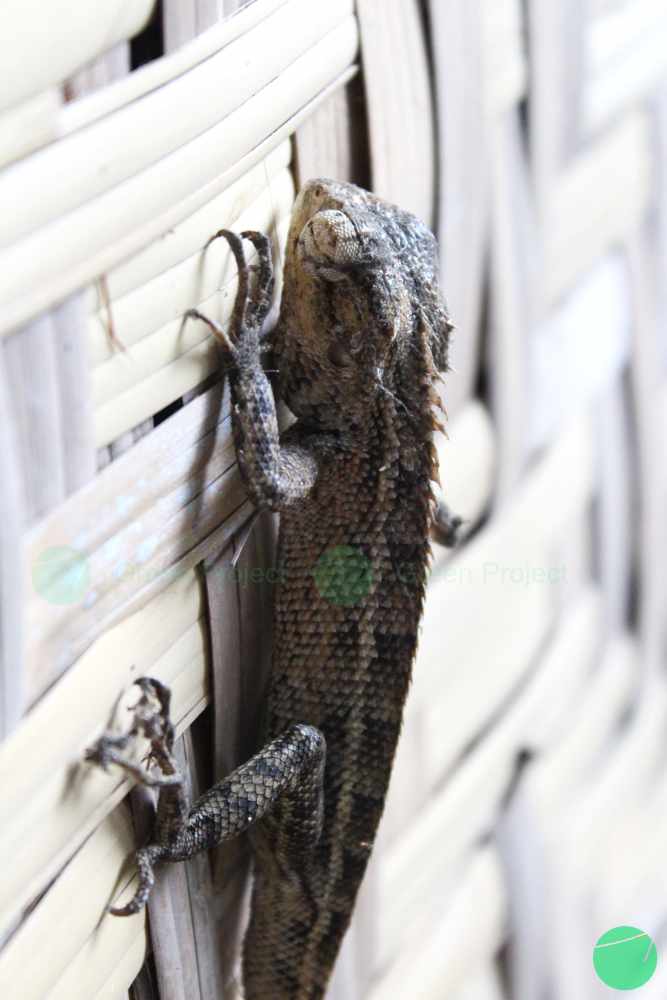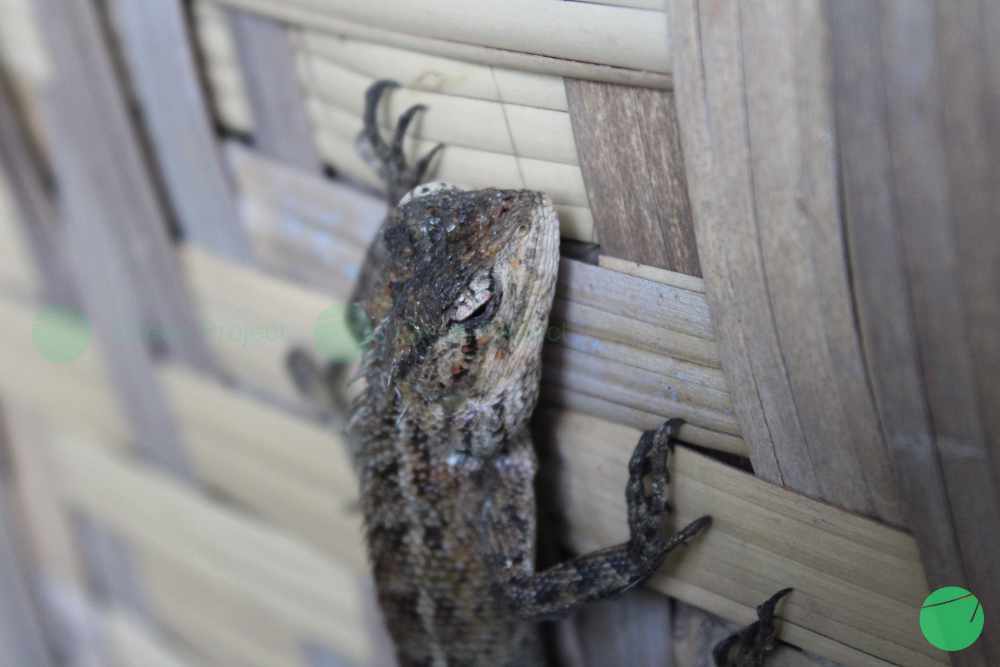"The oriental garden lizards are now starting to become easier to find on the island of Java and are now becoming a threat to local chameleon species, especially the Bronchocela cristatella species or bunglon surai."
(Zen et al., 2021)
Naming Identity
Bunglon taman are scientifically named in Latin as Calotes versicolor. Internationally, in English, this animal is known as the oriental garden lizard, eastern garden lizard, Indian garden lizard, common garden lizard, bloodsucker, or changeable lizard.
Taxonomy
Kingdom | Animalia |
Phylum | Chordata |
Class | Reptilia |
Order | Squamata |
Family | Agamidae |
Genus | Calotes |
Species | Calotes versicolor |

Origin and Distribution
The genus Calotes Cuvierm 1817 is a genus that has various species spread across Southeast Asia, South Asia and Oceania. Meanwhile, the Calotes versicolor or oriental garden lizard species is a species with a distribution that started from eastern Iran to southern China and eastern Indonesia and was then introduced to several parts of Africa and North America (Gaurang Gowande et al., 2021).
Another source states that the oriental garden lizaard is an animal that originates from Thailand and spread to Indonesian territory, which probably occurred because this animal species was released into nature when kept by humans. This is believed to be mainly because before the 2000s the population was rarely found in Indonesia (Zen et al., 2021).
Characteristics
Oriental garden lizards are a type of insectivore (insect-eating) reptile that lives in trees and has the main characteristic of zygodactyl feet (four toes; two toes facing forward and the other two facing backwards). The teeth are of the acrodant dentition type (teeth that are directly attached to the edge of the jaw) (Zen et al., 2021).
This animal can grow to a body length of up to 10 cm from snout to vent and 37 cm if measured in total from tail to head. Generally green or brown with a body that is flat from the horizontal direction. Male oriental garden lizard species usually have brighter color patterns than females.
During territorial fights and mating periods, males of the oriental garden lizard species will display an orange dewlap (a fold of skin that hangs below the throat) and a crest along the back. Its color turns red when it wins in a fight or when it is mating. This is what earned him the nickname bloodsucker ("Calotes | Asian, Agamid & Lizard | Britannica," 2023).

Development of Invasive Traits
The oriental garden lizard species are now starting to become easier to find on the island of Java and are becoming a threat to local chameleon species, especially the Bronchocela cristatella species or bunglon surai (Zen et al., 2021).
In Singapore, based on a report written by (Das et al., 2008), this species is said to have replaced the population of the local species Bronchocela cristatella after its invasion began in the early 1980s. Its arrival in Singapore is thought to have taken advantage of railway connections from northern Malaysia and Thailand.
Meanwhile, in Borneo, this species is said to have possibly slowly replaced local lizard species through its insectivorous nature (eating insects) such as B. cristatella, Dasia olivacea, D. grisea and Draco sumatranus. Apart from that, it is a predator of local invertebrates and small invertebrates in the area.